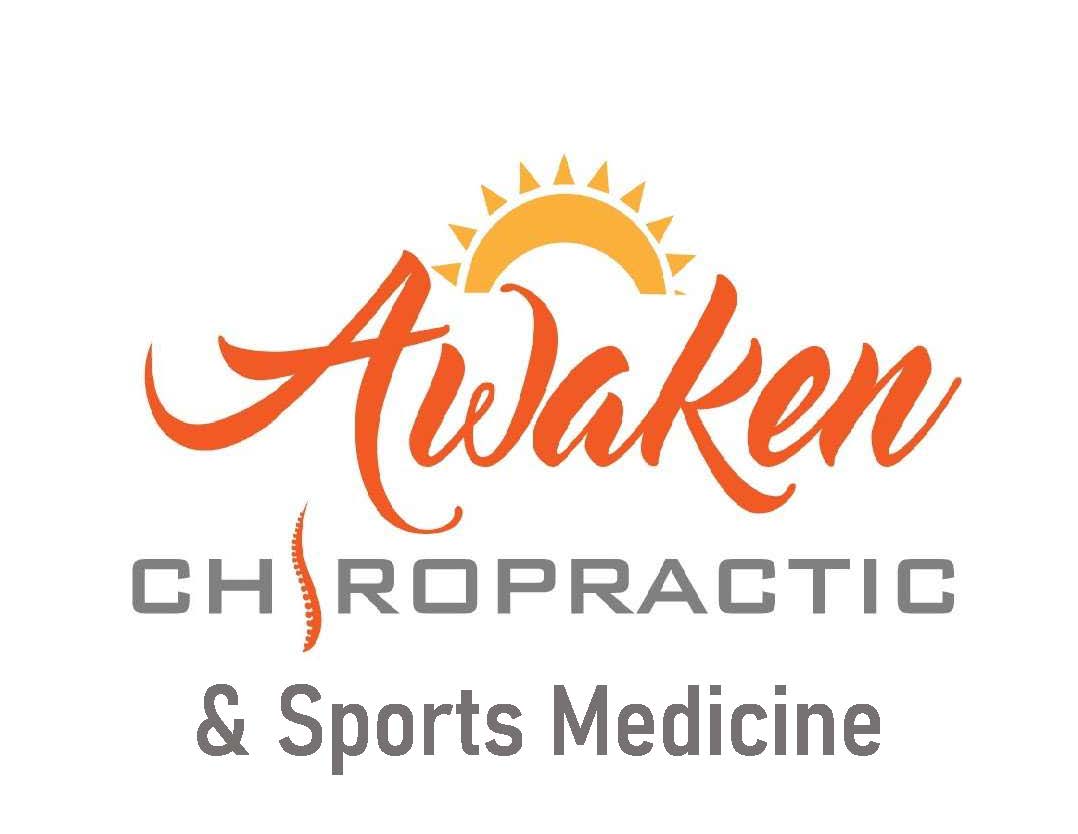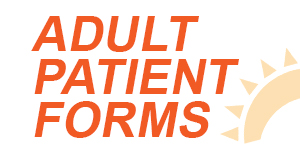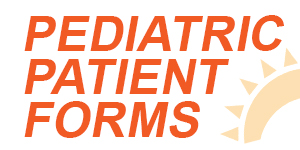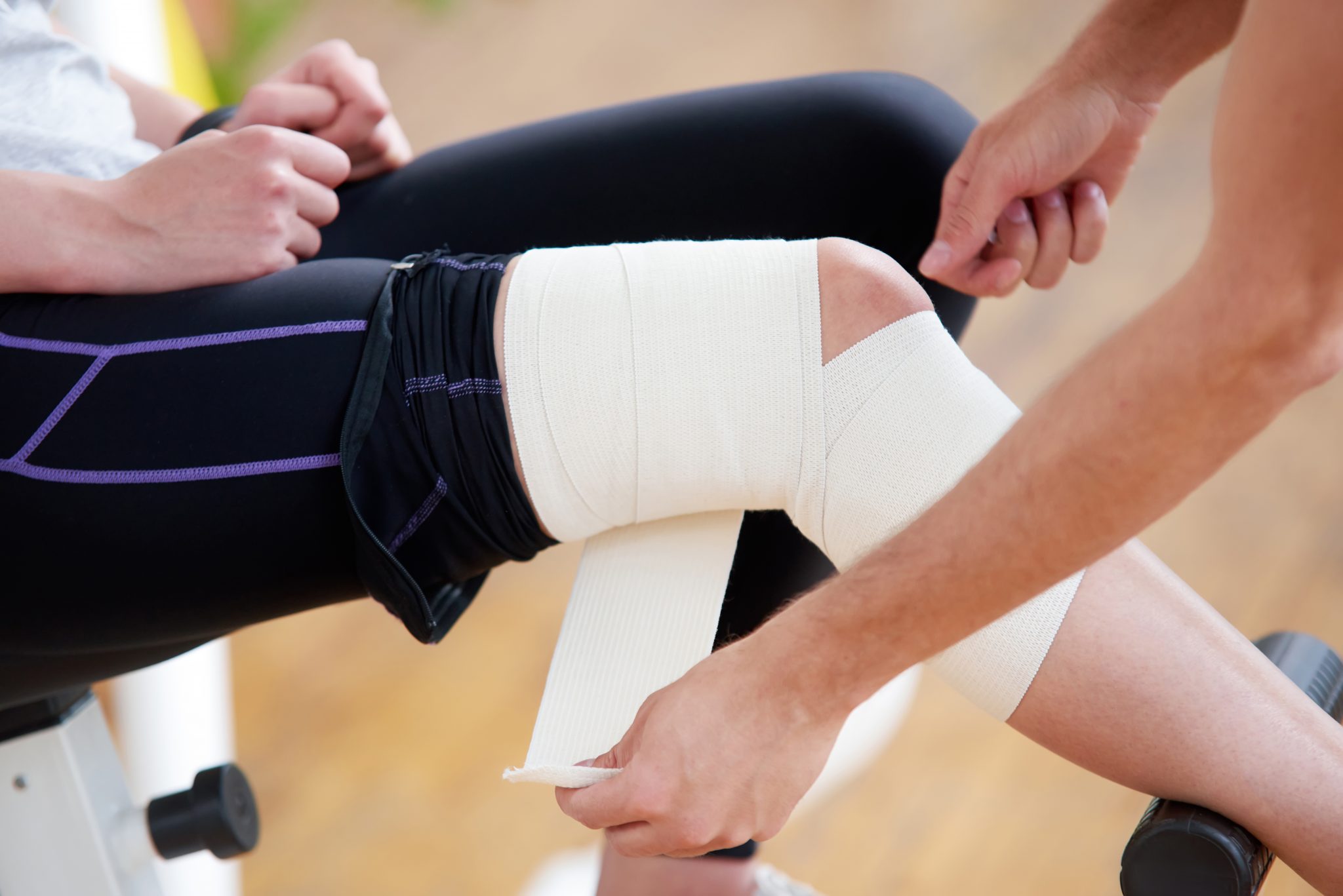Over the past few years, dry needling has exploded as a treatment for tons of different conditions. But what exactly is dry needling? Is it the same as acupuncture?
In this article, we will dive into the topic of dry needling and outline 3 of the incredible benefits this treatment provides to patients.
What Is Dry Needling?
Dry needling is a practice used by a variety of medical practitioners to treat different conditions. The specific practitioners who often use dry needling in their practice include medical doctors, physical therapists, and, of course, chiropractors.
To perform dry needling, the clinician will insert a very small needle into a “trigger point” or painful area of muscle. Then after waiting for the appropriate length of time, the needle is carefully removed. By doing so, the painful tissue will be “released” and the patient often experiences relief.
The practice is referred to as “dry” needling because there is no medication in the needles. In essence, the needles are “dry” when they are inserted.
In reading the above passages, you may be wondering, “isn’t dry needling just acupuncture?”
While there are some similarities between acupuncture and dry needling, there are also some important differences.
In the next section, we’ll outline the differences and similarities between dry needling and acupuncture.
Acupuncture Vs. Dry Needling
To start, let’s look at the similarities between these two practices:
- Both treatments use small needles.
- Both treatments require that practitioners be credentialed/licensed in some way.
- Both treatments can improve a patient’s pain and increase their well-being.
For the most part, that’s essentially where the similarities between these two practices end.
The differences between the two practices are important to understand as well:
- Acupuncture relies on “meridians” or areas of the body containing different types of energy. This is where the needles are inserted.
- Dry needling seeks to release tight muscles and tissues throughout the body.
- Acupuncture is based on TCM or Traditional Chinese Medicine practices. These are ancient techniques that developed in Asia centuries ago.
- Dry needling is based on current scientific literature and research.
Of course, there are more differences between the two practices. However, the above list provides the main points.
Dry Needling Benefits
Dry needles and dry needling practice provide a whole host of benefits. In this section, we will examine 3 of the most important benefits of the practice.
Decreased Pain
Perhaps most importantly, dry needling can significantly decrease a patient’s pain. By targeting an area of tight muscle/fascia, the clinician relieves the tension with dry needles. For this reason, dry needling is highly sought-after by athletes.
That being said, athletes aren’t the only people who benefit from the treatment. Those with bursitis, headaches, and any kind of muscle tightness find great benefit from dry needling.
Improved Range of Motion
By releasing tight muscles, dry needling helps patients experience “looser” joints and better range of motion. This is very important for all patients, whether they’re professional athletes, weekend warriors, or even sedentary individuals. Everyone needs to have the ability to easily move their joints through a full range of motion!
Better Athletic and Daily Task Performance
To jump higher, reach farther, and generally perform well, we all need to have good flexibility. Dry needling enables our muscles to stretch further. In turn, this allows us to produce more force and more easily accomplish tasks.
If you’re interested in trying out dry needling or need a different kind of treatment, come see us at Awaken Chiropractic. We are your local go-to Parker chiropractor and would be happy to help you today. Book your appointment now!






